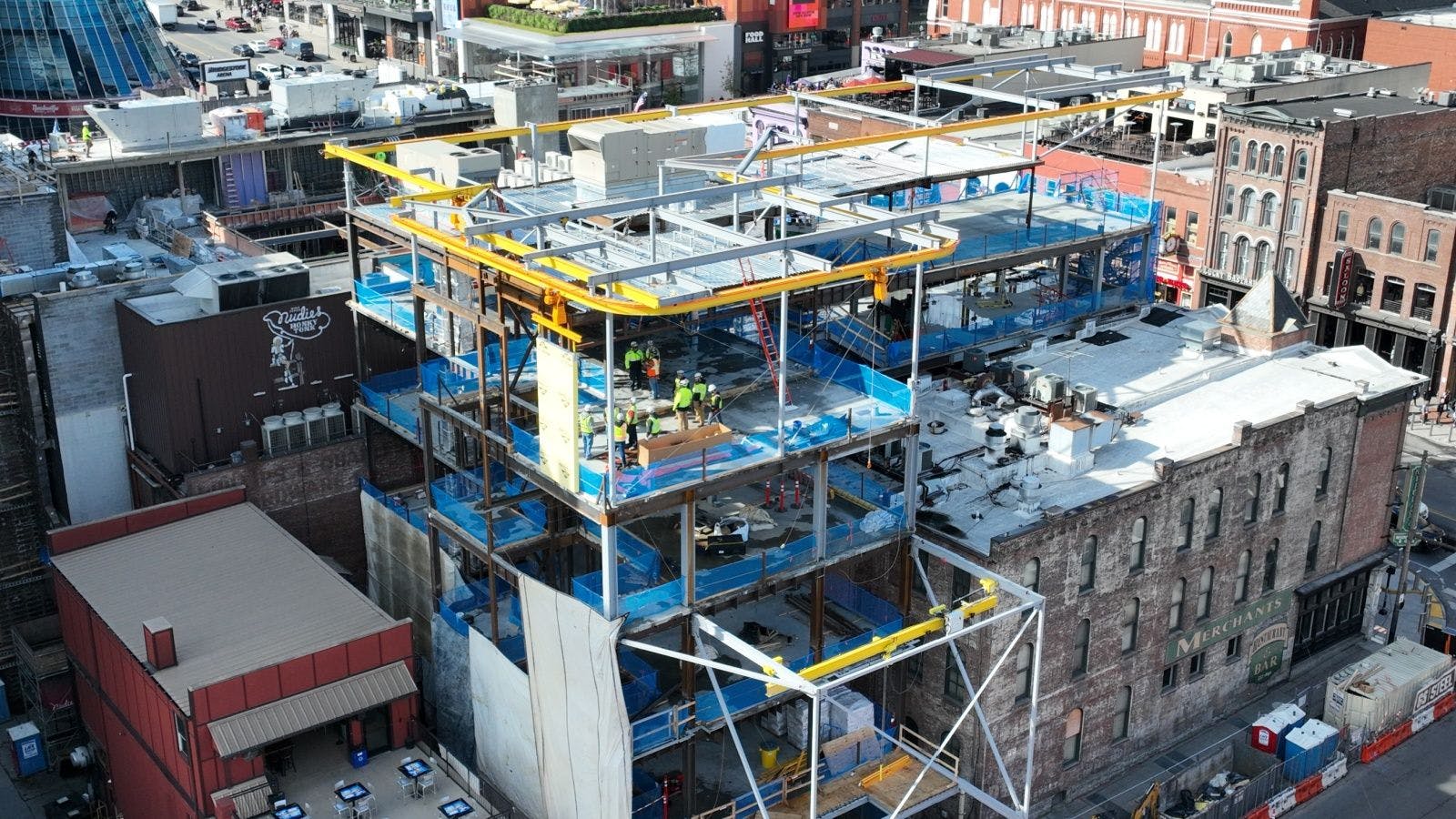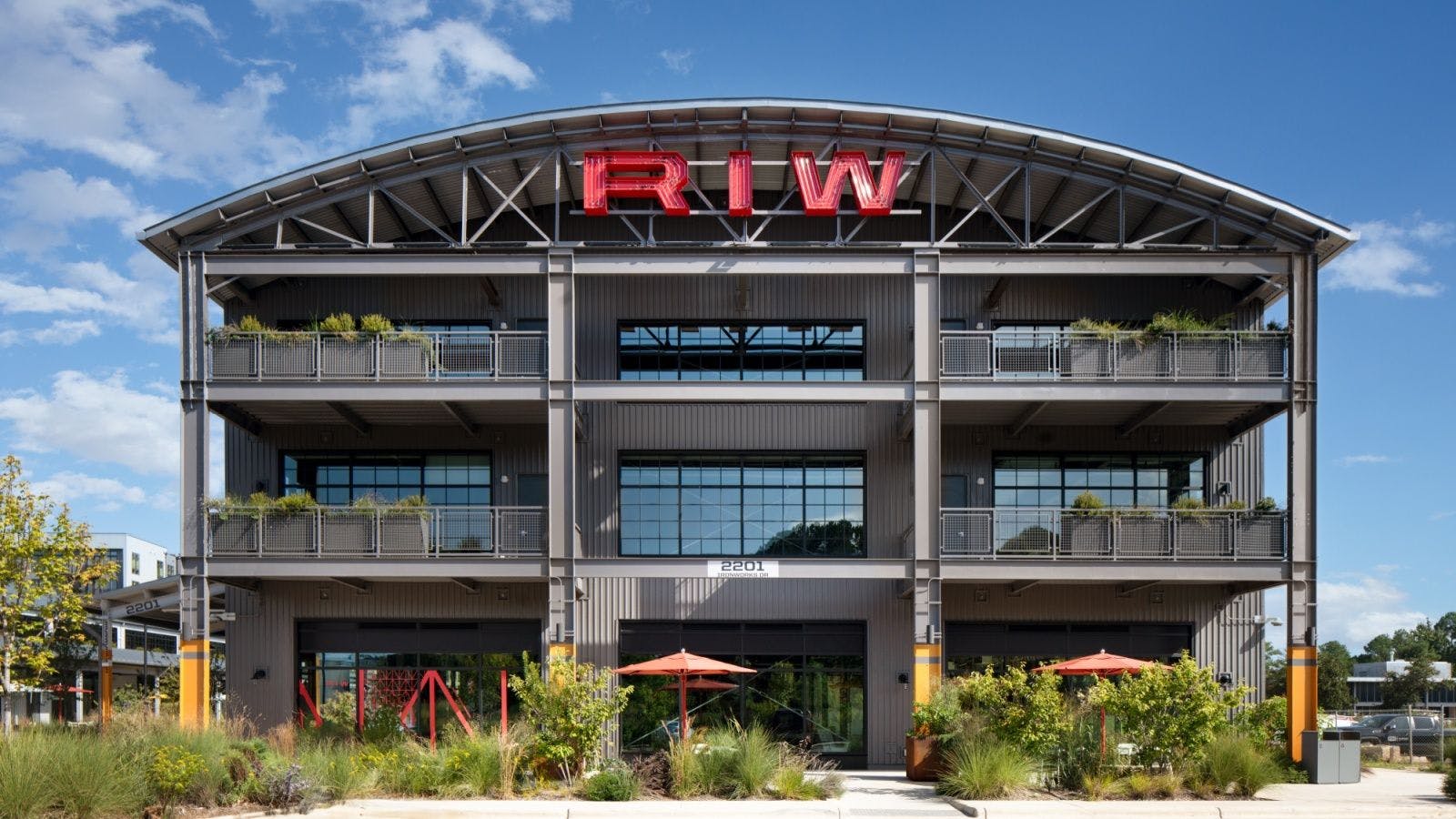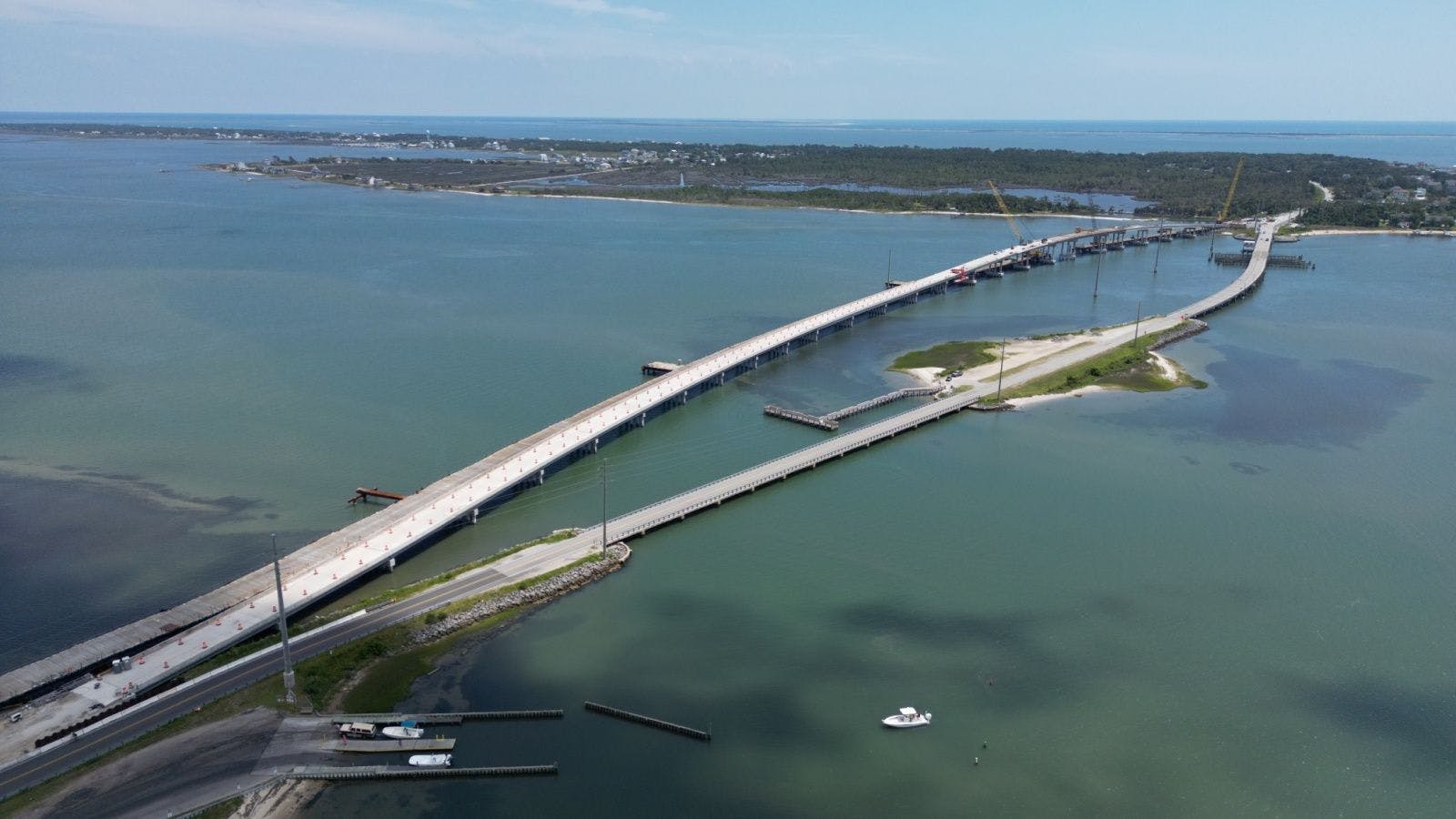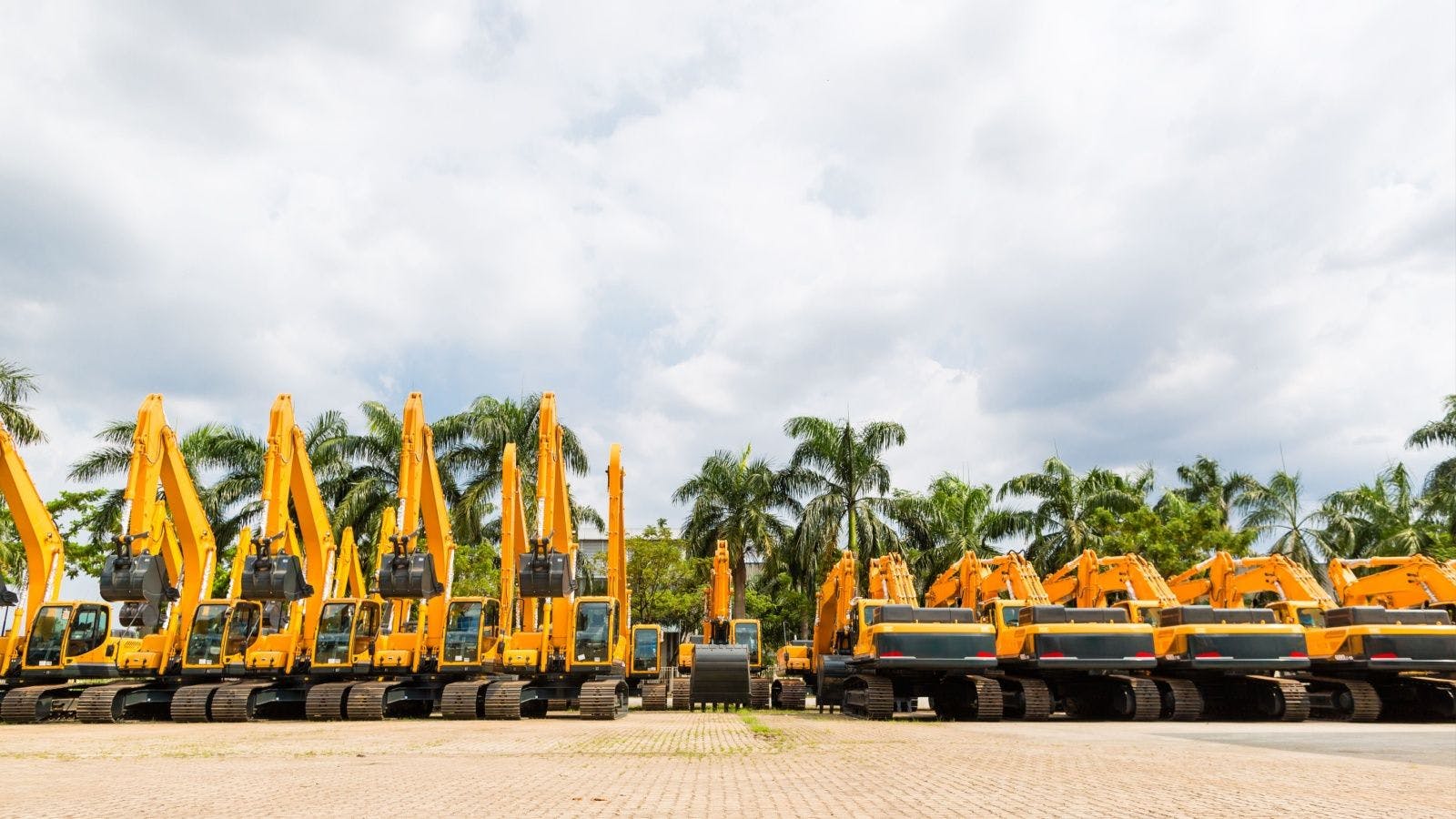
Uncertainty Leads to Resiliency for Construction Manufacturers
Spurred on by strong and growing demand, most manufacturers have regained their footing in the wake of the pandemic. Organizations are building back fast, and the outlook for the new year is largely positive, with 4.1% GDP growth expected in 2022, according to Deloitte’s U.S. economic forecast for Q3 of 2021.
There are many reasons for optimism, but achieving this level of growth will likely not be easy. Stepping up production is expected to be challenging in a market often characterized by supply chain instability and labor shortages that can compromise operational efficiency and decrease margins. Sourcing bottlenecks and global logistics logjams are likely to persist; and finding and retaining workers continues to be difficult. Adding risks from COVID-19 variants, cyberattacks, environmental challenges and higher corporate tax rates, the industry will likely face uncertainty from a range of potential disruptors.
The good news is that contending with extraordinary levels of business uncertainty over the past couple of years has led manufacturers to develop greater agility and resilience, and those attributes can be valuable as companies navigate the challenges ahead.
Rethinking the workplace
Worker shortages continue to be an impediment in the sector. Record numbers of unfilled jobs are likely to limit higher productivity and growth in 2022, but as digitalization transforms manufacturing work, automation could help blunt some of the effects of the labor shortage.
Organizations also may have more incentive to “pull forward” future-of-work strategies by rearchitecting work, rethinking the composition and capabilities of the workforce and adopting flexible and innovative workplace strategies. Manufacturers that find ways to add flexibility across their organizations may be better positioned to attract and retain more workers.
Remaking supply chains
Transportation challenges are likely to persist as well, with driver shortages in trucking and congestion at U.S. container ports. Multipronged supply chain strategies might include adding or diversifying suppliers in existing markets and capitalizing on digital supply networks and data analytics to enable more flexible, multitiered responses to disruptions. Rising wages and transportation costs globally may make nearshoring or onshoring more competitive, which could lead some manufacturers to move operations closer to end customers in different regions in 2022.
Accelerating adoption of digital technology
Digitalization is transforming manufacturing operations. Industrial 5G deployment is expected to expand in 2022, while foundational technologies such as cloud computing could improve computational power, visibility, scale and speed.
The coming year also may see operational efficiencies enhanced through the expansion of the industrial "Internet of Things," which connects machines and automates processes. Investment in robots and cobots is expected to continue as well as the commitment to artificial intelligence (AI) technologies, which are expected to see a CAGR above 20% through 2025, according to the International Data Corporation. Discrete manufacturing is among the top three industries expected to invest most heavily in AI, primarily in quality management and automated preventive maintenance.
Contending with cyberthreats
While digitalization has the potential to deliver enormous gains, expanding connectivity increases the need for cybersecurity. As operational technology (OT) systems become more connected to information technology (IT) systems, there are potentially more points of ingress for hackers, and the expanding attack surface requires more controls. Until recently, most cyberattacks targeted IT environments—PCs, workstations and mobile devices—but the convergence of IT and OT environments has changed the nature of most cyberthreats.
Manufacturers should take cybersecurity seriously. For those that have not done so already, there could be a move to designate point people responsible for cybersecurity procedures, readiness and reporting. Since cyberthreats also can come from inside an organization, some manufacturers may find it expedient to implement zero-trust security measures (requiring authentication and limiting access) to help prevent cyber incidents from inside the firewall.
It is important to recognize that preventive measures alone are not enough. Manufacturers should also ensure business resilience through cyber incident response planning to establish plans and protocols that can help facilitate decision-making when a breach occurs.
Advancing sustainability initiatives
ESG performance has become a priority for manufacturers, and many have made commitments to achieve net-zero or carbon-neutral goals. To meet these targets, more organizations are dedicating or redesigning sustainability roles and initiatives as they work to quantify efforts and results around energy consumption.
Furthermore, because the cost of capital can be tied to ESG ratings, many companies are motivated to prioritize ESG as a way of bolstering organizational financial health and competitiveness. Many organizations have voluntarily complied with a complex network of reporting regulations, ratings and disclosure frameworks, and this proactive approach could help them remain in compliance as regulators establish disclosure requirements for more nonfinancial metrics.
Related stories








